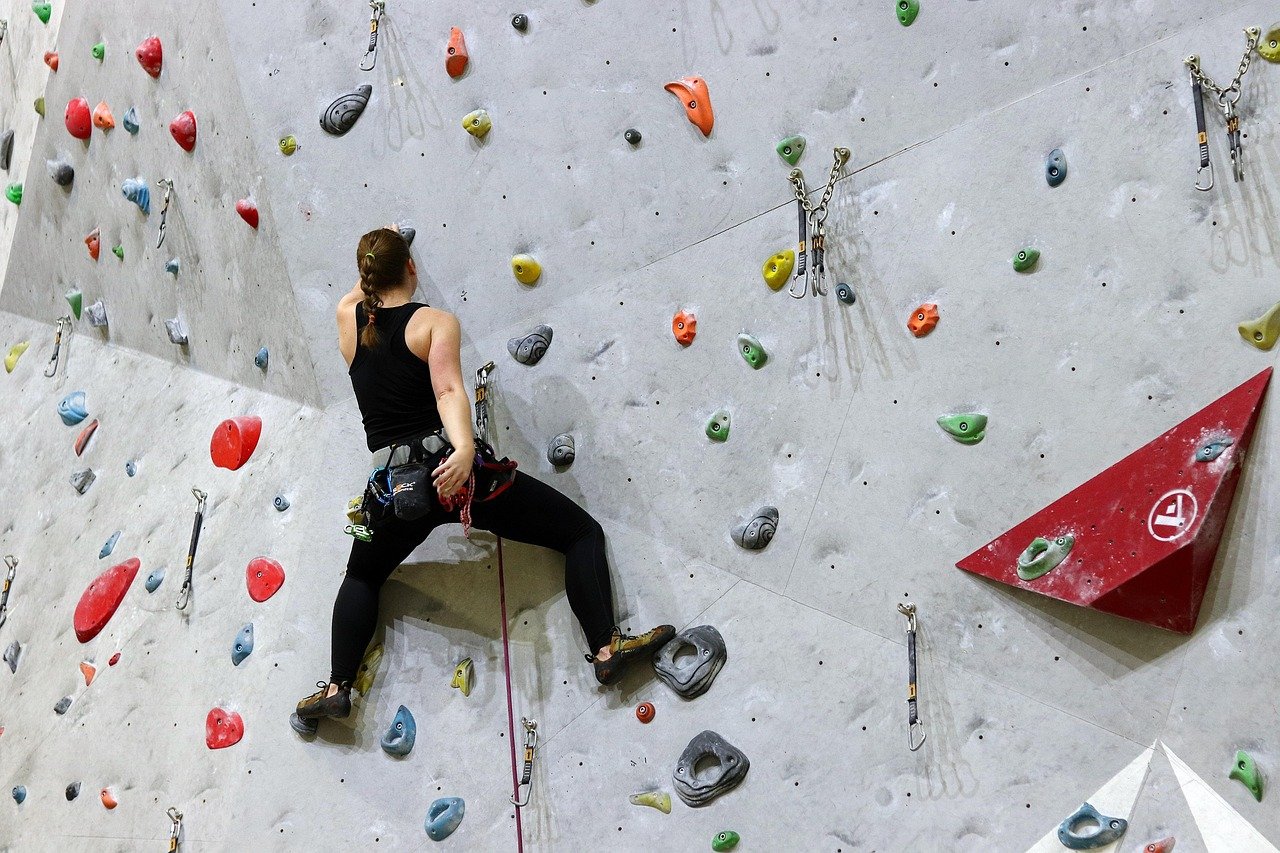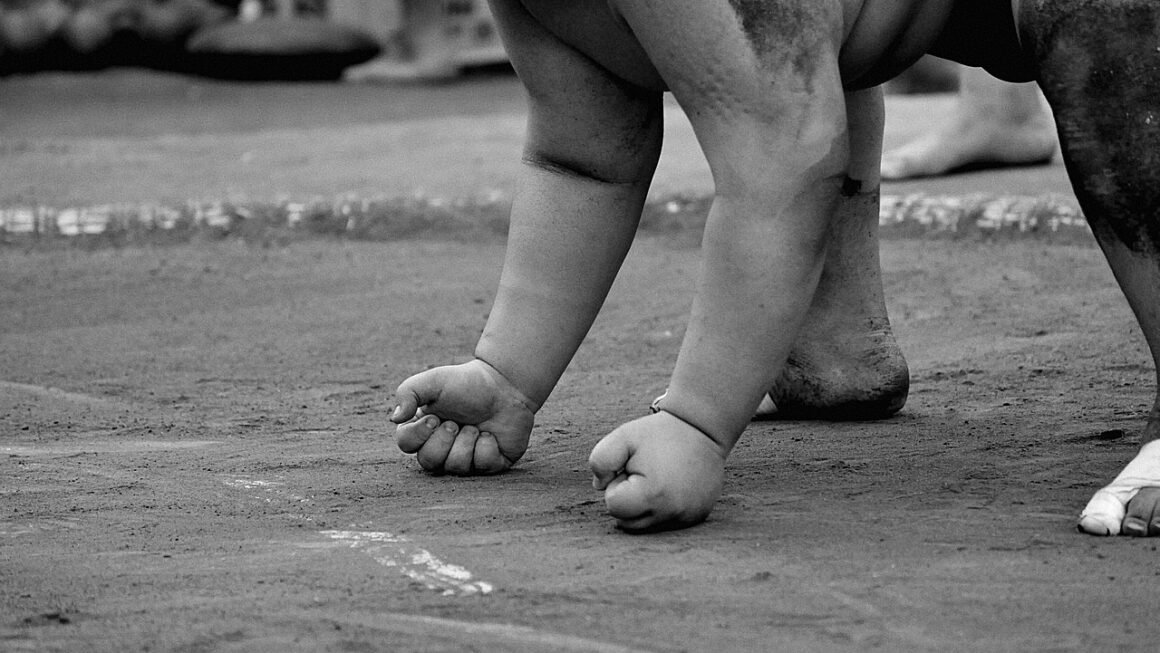Stepping into the world of martial arts can feel intimidating, but kickboxing offers a powerful and accessible entry point. More than just throwing punches and kicks, it’s a full-body workout that builds strength, coordination, and confidence. Whether you’re looking to get in shape, learn self-defense, or challenge yourself mentally, kickboxing provides a dynamic and rewarding experience. This comprehensive guide will explore the various aspects of kickboxing, from its origins to its benefits, techniques, and what to expect in your first class.
What is Kickboxing?
Kickboxing is a stand-up combat sport that blends elements of boxing with kicking techniques derived from various martial arts. It’s an incredibly versatile discipline with several different styles, each emphasizing different techniques and rulesets.
Origins and Evolution
Kickboxing’s roots are complex, with influences from various fighting styles around the globe. The term “kickboxing” is often used loosely to describe martial arts that combine punches and kicks, but its modern form largely emerged in Japan in the 1960s, blending Muay Thai (Thai Boxing) with boxing. American kickboxing developed separately, often emphasizing full-contact fighting and karate-based techniques.
- Japanese Kickboxing: Developed in the 1960s, mixing Muay Thai with boxing rules.
- American Kickboxing: Emphasized full-contact fighting, with influences from karate and boxing.
- Muay Thai: Known as the “Art of Eight Limbs,” originating in Thailand, using fists, elbows, knees, and shins.
- Savate: A French kickboxing style using feet and hands but not shins.
Different Styles of Kickboxing
While the general concept of kickboxing remains consistent (punches and kicks), several variations cater to different preferences and goals. Understanding these distinctions can help you choose the right style.
- American Kickboxing: Focuses on punches above the waist and kicks above the hips.
- Muay Thai (Thai Boxing): Allows strikes with fists, elbows, knees, and shins; also incorporates clinching techniques.
Example: A Muay Thai fighter might use a knee strike to the opponent’s ribs in close quarters.
- Dutch Kickboxing: Combines Muay Thai techniques with boxing combinations, emphasizing low kicks and strong punching power.
- Savate (French Kickboxing): Uses only feet and hands for striking, emphasizing precision and footwork.
Benefits of Kickboxing
Kickboxing offers a wealth of physical and mental benefits, making it a popular choice for fitness enthusiasts and those seeking a challenging workout.
Physical Fitness Benefits
Kickboxing is an intense full-body workout that can significantly improve your overall physical health.
- Cardiovascular Health: Kickboxing is a high-intensity cardio workout that elevates your heart rate, improving cardiovascular health and endurance. Studies show that regular cardio exercise can reduce the risk of heart disease, stroke, and type 2 diabetes.
- Strength and Conditioning: The constant kicking and punching engage nearly every muscle group, increasing strength and muscle tone. For instance, performing roundhouse kicks strengthens your core, hips, and legs.
- Weight Loss: A one-hour kickboxing session can burn between 500 and 800 calories, making it an effective way to lose weight or maintain a healthy weight.
- Improved Coordination and Balance: The dynamic movements in kickboxing require precise coordination and balance, helping to improve these skills over time.
Example: Maintaining your balance while delivering a spinning back kick requires significant core strength and coordination.
Mental and Emotional Benefits
Beyond the physical aspects, kickboxing offers substantial mental and emotional rewards.
- Stress Relief: The physical exertion of kickboxing releases endorphins, which have mood-boosting effects and can help reduce stress and anxiety.
- Increased Confidence: Mastering new techniques and pushing your physical limits can boost your self-esteem and confidence.
- Improved Focus and Discipline: Kickboxing requires focus and discipline, helping to improve concentration and mental toughness.
- Self-Defense Skills: Learning kickboxing techniques provides practical self-defense skills that can empower you in real-life situations.
Basic Techniques and Training
Understanding the basic techniques is crucial before starting kickboxing training. A good foundation will help you progress faster and prevent injuries.
Fundamental Punches and Kicks
Kickboxing incorporates a variety of punches and kicks, each with its unique application.
- Jabs: A quick, straight punch delivered with the lead hand. Essential for setting up other attacks.
- Crosses: A powerful straight punch delivered with the rear hand.
- Hooks: A curved punch delivered with either hand, targeting the side of the head or body.
- Uppercuts: An upward punch delivered with either hand, targeting the chin or solar plexus.
- Front Kicks: A straight kick delivered with the ball of the foot, targeting the torso or face.
- Roundhouse Kicks: A circular kick delivered with the shin or instep, targeting the torso, legs, or head.
Example: When executing a roundhouse kick, pivot on your standing foot and rotate your hips to generate power.
- Side Kicks: A kick delivered with the outside edge of the foot, targeting the torso or head.
Training Drills and Exercises
Kickboxing training involves a combination of drills, exercises, and sparring to develop technique, power, and endurance.
- Shadow Boxing: Practicing punches and kicks in the air to improve technique and footwork.
- Heavy Bag Training: Using a heavy bag to develop power and endurance.
- Pad Work: Working with a partner who holds pads to practice combinations and improve accuracy.
Example: Your partner might call out “Jab-Cross-Hook” to prompt you to execute that combination on the pads.
- Sparring: Controlled fighting with a partner to apply techniques in a realistic setting. Sparring typically involves protective gear.
- Strength and Conditioning: Incorporating exercises like push-ups, squats, and core work to improve overall strength and fitness.
Safety and Injury Prevention
Safety should always be a top priority in kickboxing training.
- Proper Warm-Up: Always warm up before training to prepare your muscles and joints for activity.
- Correct Technique: Focus on learning and maintaining proper technique to avoid injuries.
- Protective Gear: Wear appropriate protective gear, such as hand wraps, gloves, shin guards, and mouthguards, during sparring and heavy bag training.
- Listen to Your Body: Don’t push yourself too hard, especially when starting out. Rest when you need to and seek medical attention for any injuries.
Getting Started with Kickboxing
Embarking on your kickboxing journey can be exciting. Here’s how to get started on the right foot.
Finding a Kickboxing Gym or Class
Choosing the right gym or class is essential for a positive and effective learning experience.
- Research Local Options: Look for gyms or studios that offer kickboxing classes in your area.
- Check Credentials: Ensure that the instructors are experienced and qualified.
- Read Reviews: See what other students have to say about the gym or class.
- Try a Trial Class: Most gyms offer a free trial class, so you can experience the training style and environment before committing.
Example: Ask if you can observe a class before participating to see if it aligns with your goals.
What to Expect in Your First Class
Knowing what to expect can help alleviate any anxiety and prepare you for your first kickboxing class.
- Introduction: The instructor will typically introduce themselves and the class.
- Warm-Up: The class will begin with a warm-up to prepare your body for the workout.
- Basic Techniques: The instructor will demonstrate and teach basic punches, kicks, and stances.
- Drills: You’ll practice the techniques through drills, such as shadow boxing and pad work.
- Cool-Down: The class will end with a cool-down and stretching to help your muscles recover.
- Wear appropriate attire: Typically athletic clothing that allows for a full range of motion. Hand wraps and gloves may be required.
Essential Gear for Kickboxing
Investing in the right gear is crucial for safety and performance.
- Hand Wraps: Protect your hands and wrists.
- Boxing Gloves: Provide cushioning and support for your hands during punching.
- Shin Guards: Protect your shins during kicking drills and sparring.
- Mouthguard: Protects your teeth and jaw during sparring.
- Ankle Supports: Optional, but can provide extra support and stability for your ankles.
Advanced Kickboxing Techniques and Strategies
As you progress in kickboxing, you’ll learn more advanced techniques and strategies to enhance your skills.
Advanced Striking Techniques
These techniques require more skill and coordination.
- Switch Kicks: A kick delivered by switching your stance during the execution of the kick.
- Spinning Back Kicks: A powerful kick delivered by rotating your body and kicking with the heel.
- Flying Knees: A dynamic knee strike delivered while jumping towards your opponent.
Example: A well-timed flying knee can be a devastating surprise attack.
Defensive Strategies
Defense is just as important as offense in kickboxing.
- Blocking: Using your arms and legs to deflect incoming strikes.
- Slipping: Moving your head to avoid punches.
- Parrying: Using your hands to redirect incoming strikes.
- Clinching: Holding your opponent in close quarters to control the fight.
Fight Strategy and Tactics
Effective fight strategy involves understanding your strengths and weaknesses, as well as your opponent’s.
- Analyzing Your Opponent: Identifying your opponent’s strengths, weaknesses, and fighting style.
- Game Planning: Developing a strategy based on your analysis of your opponent.
- Distance Management: Controlling the distance between you and your opponent to maximize your strengths.
- Combination Attacks: Stringing together multiple punches and kicks to overwhelm your opponent.
Conclusion
Kickboxing is more than just a workout; it’s a comprehensive discipline that offers physical, mental, and emotional benefits. Whether you’re looking to improve your fitness, learn self-defense, or challenge yourself mentally, kickboxing provides a dynamic and rewarding experience. By understanding the fundamentals, training consistently, and prioritizing safety, you can unlock the full potential of this powerful martial art. So, take that first step, find a reputable gym, and embark on your kickboxing journey today! The discipline, strength, and confidence you’ll gain will extend far beyond the ring.



